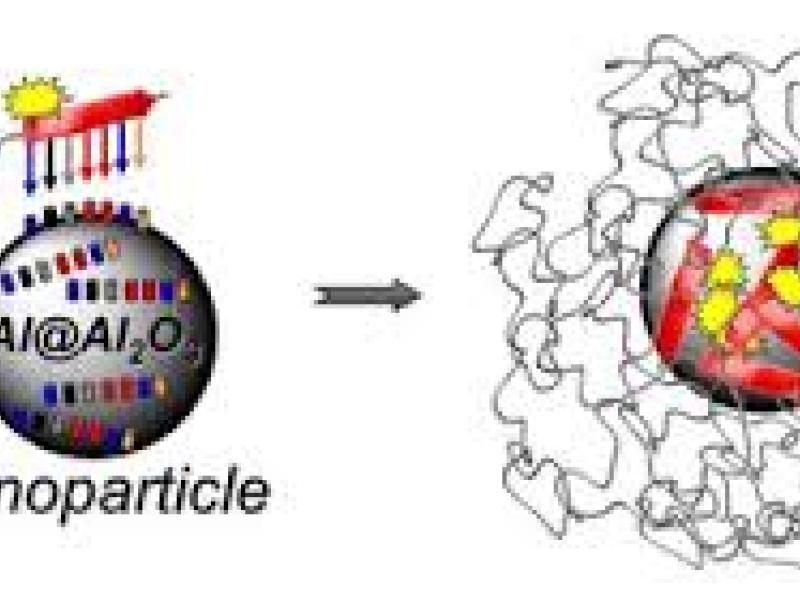Bioinspired mussel adhesives that bound to the nanometer-sized metal oxide particles exhibit phenomenal nanomaterial properties. Those material specific binding domains are identified from biocombinatorial phage display technique. In mussel protein glues, DOPA (3-4-dihydroxy Phenylalanine) is a key recipe that influences a strong adhesive nature towards nanoparticles surface. In recent years, solution NMR spectroscopy is playing a pivotal role in the bio-abiotic interfacial interactions and binding affinities of the peptides that bounds to nanometer scaled NPs (10-100nm) on a molecular level. However, on a molecular basis so far not understood clearly about binding mechanism and sequence-structure-functional mutual understanding between peptide and nanoparticle surface.We have also approached Nuclear Overhauser Effect based ligand screening technique Saturation Transfer Difference (STD) and NOESY methods. These methods help to determine the orientation and conformation of the bound peptide structure. The orientation of the peptide determined by the transfer of bulk magnetization from hydrated water on the ligand surface to nearby adhesive peptide protons. The first principle molecular dynamics provides depth insights on the strong, specific and multiple binding events can be correlated with laboratory measurements. Also, peptide folding or unfolding process upon adsorption behavior onto metal oxide surface under ambient conditions interfacial simulations establishing by CHARMM software package using CHARMM27_INTERFACE force fields.
